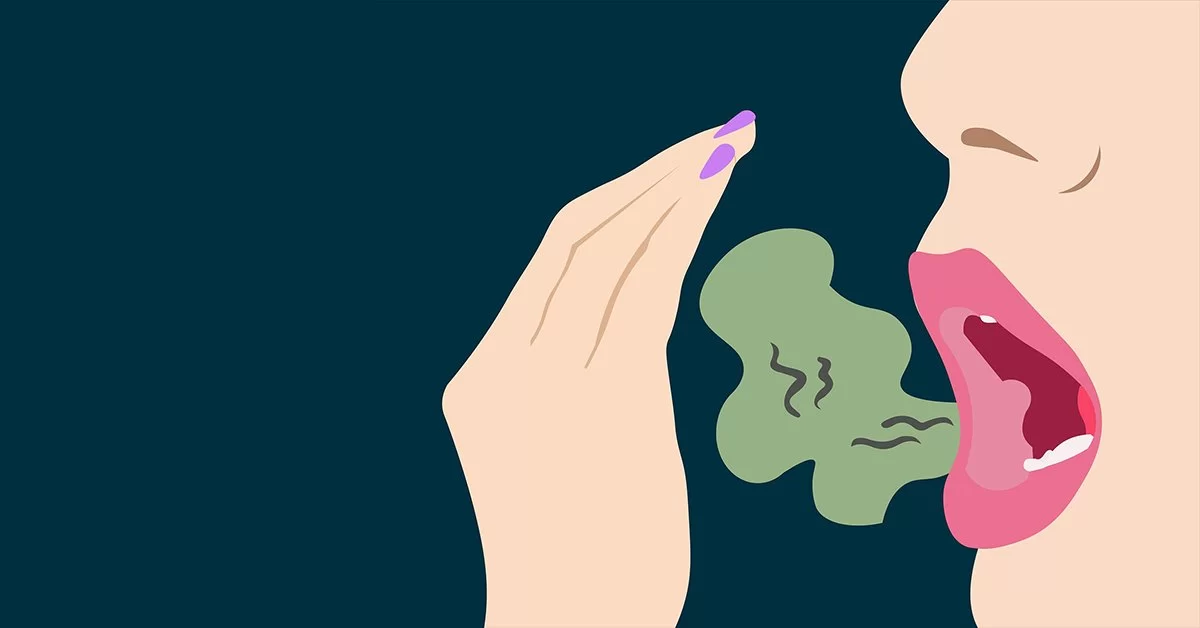
How to Treat Bad Breath: Effective Solutions and Causes of Halitosis
- Understanding Bad Breath
- Common Causes of Bad Breath
- Effective Treatment Solutions for Bad Breath
- Maintaining Fresh Breath Long-Term
1. Understanding Bad Breath
Bad breath, also known as halitosis, is a common problem that can cause significant distress. It occurs when unpleasant odors are emitted from the mouth, usually due to bacteria or food particles in the mouth. While bad breath can sometimes be a temporary issue caused by specific foods or dry mouth, it can also be a sign of a more persistent problem requiring treatment.
When it comes to treating bad breath, understanding its causes is essential for finding the right solutions. Some people experience chronic bad breath, which can affect their social interactions and self-confidence. Fortunately, there are numerous ways to treat bad breath and prevent it from recurring.
2. Common Causes of Bad Breath
Bad breath can stem from a variety of causes, both oral and systemic. Understanding the root cause can help you choose the best treatment approach. Some common causes include:
- Poor Oral Hygiene: The most common cause of bad breath is inadequate brushing and flossing, which allows food particles to remain in the mouth, promoting bacterial growth.
- Dry Mouth: Also known as xerostomia, dry mouth occurs when there is not enough saliva to keep the mouth moist, leading to bad breath.
- Food and Drinks: Certain foods like garlic, onions, and coffee can leave strong odors that linger in the mouth.
- Gum Disease: Infections in the gums, such as gingivitis or periodontitis, can cause persistent bad breath.
- Medical Conditions: Conditions such as diabetes, gastrointestinal problems, and respiratory infections can contribute to chronic bad breath.
For example, Emily, a 30-year-old woman, noticed that her breath remained foul even after brushing her teeth. After consulting a dentist, she discovered that the cause was an early stage of gum disease. After receiving treatment, her bad breath disappeared.
3. Effective Treatment Solutions for Bad Breath
Once the cause of your bad breath has been identified, it’s time to find an effective solution. Below are several treatments that can help alleviate bad breath:
- Improved Oral Hygiene: The most effective way to treat bad breath is by practicing good oral hygiene. Brush your teeth at least twice a day, floss regularly, and clean your tongue with a tongue scraper to remove bacteria.
- Hydration: Drinking plenty of water can help combat dry mouth and wash away food particles, preventing the buildup of bacteria.
- Mouthwash: Antibacterial mouthwashes can help reduce bacteria and mask bad odors temporarily.
- Chewing Gum: Sugar-free gum can stimulate saliva production and freshen your breath when you’re on the go.
- Treating Underlying Health Issues: If your bad breath is linked to a medical condition, such as diabetes or acid reflux, addressing the root cause can help eliminate the odor.
For instance, Jack, a 45-year-old man, had chronic bad breath despite brushing regularly. After visiting a dentist, he learned that his bad breath was due to gastroesophageal reflux disease (GERD). Once his GERD was treated, his bad breath was significantly reduced.
4. Maintaining Fresh Breath Long-Term
To prevent bad breath from returning, it’s important to maintain long-term oral health and address any underlying medical issues. Here are some tips for keeping your breath fresh:
- Regular Dental Visits: Visiting your dentist every six months for cleanings and checkups will help catch any oral health problems before they cause bad breath.
- Eat Fresh Foods: Incorporate crunchy fruits and vegetables, such as apples and carrots, into your diet. These foods can help clean your teeth naturally and freshen your breath.
- Avoid Tobacco: Smoking and chewing tobacco are major contributors to bad breath. Quitting smoking will improve both your breath and overall oral health.
- Control Medical Conditions: If you suffer from conditions like diabetes or sinus infections, managing these will help prevent bad breath from recurring.
Maintaining fresh breath requires a commitment to good hygiene and overall health. Simple steps like brushing and flossing regularly, staying hydrated, and eating fresh foods can go a long way in keeping your breath fresh.
At Dentistry Toothtruth, we offer expert advice and treatment options to help you combat bad breath and achieve a healthier, fresher smile. Visit Dentistry Toothtruth to learn more about our services or schedule a consultation today.

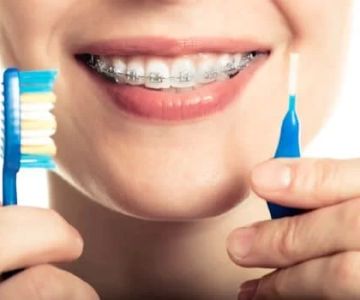
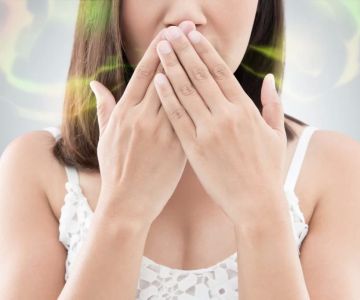
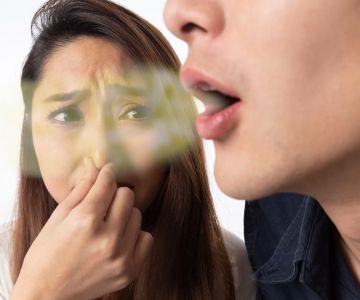
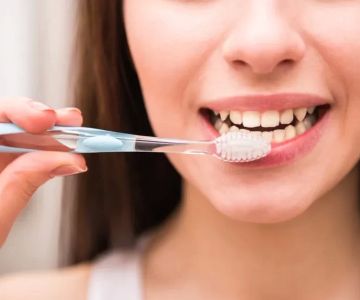
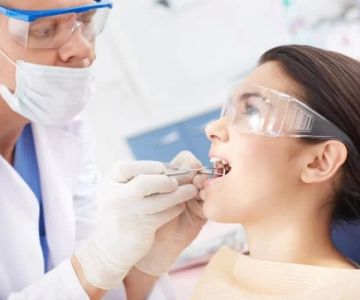

 Odyssey Dental
Odyssey Dental Associated Oral & Maxillofacial Surgeons
Associated Oral & Maxillofacial Surgeons Scott Silverman, MD
Scott Silverman, MD HealthPartners Dental Clinic Blaine
HealthPartners Dental Clinic Blaine Dr. Huma Sheikh, DDS, MS, PA
Dr. Huma Sheikh, DDS, MS, PA Heritage Grove Family Dental - Plainfield Dental Clinic
Heritage Grove Family Dental - Plainfield Dental Clinic The Importance of Oral Health Education During Pregnancy for a Healthy Pregnancy
The Importance of Oral Health Education During Pregnancy for a Healthy Pregnancy Why Skipping Dental Checkups Can Lead to Bigger Oral Health Problems
Why Skipping Dental Checkups Can Lead to Bigger Oral Health Problems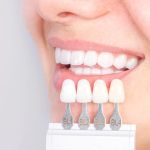 Advantages of Porcelain Dental Restorations
Advantages of Porcelain Dental Restorations Best Tips for Brushing Your Teeth Properly for Healthy Gums: Essential Techniques for Oral Health
Best Tips for Brushing Your Teeth Properly for Healthy Gums: Essential Techniques for Oral Health How Can Diabetes Cause Tooth and Gum Problems? Preventing and Managing Oral Health Issues
How Can Diabetes Cause Tooth and Gum Problems? Preventing and Managing Oral Health Issues Healthy Habits for Promoting Good Oral Health and Hygiene: Tips for a Healthy Smile
Healthy Habits for Promoting Good Oral Health and Hygiene: Tips for a Healthy Smile